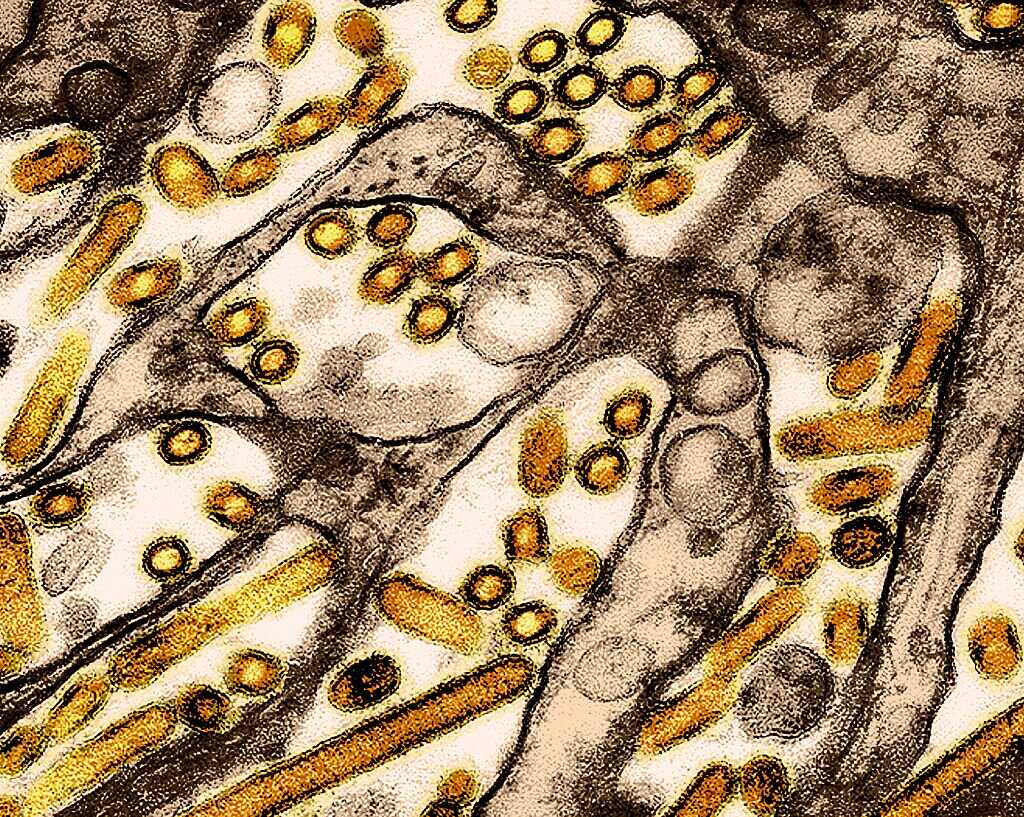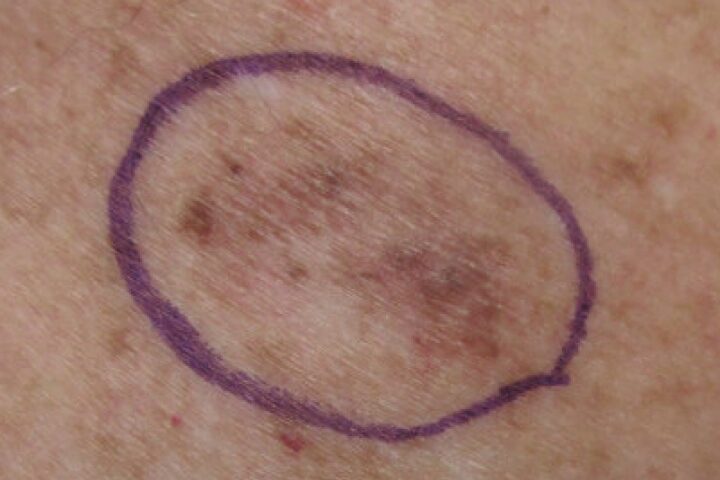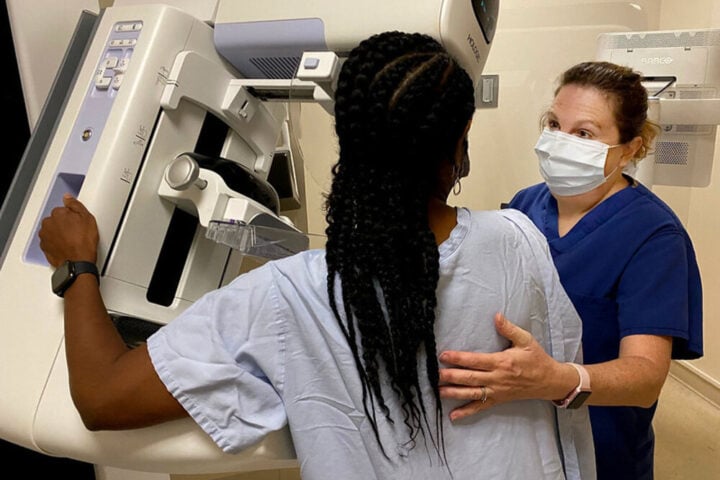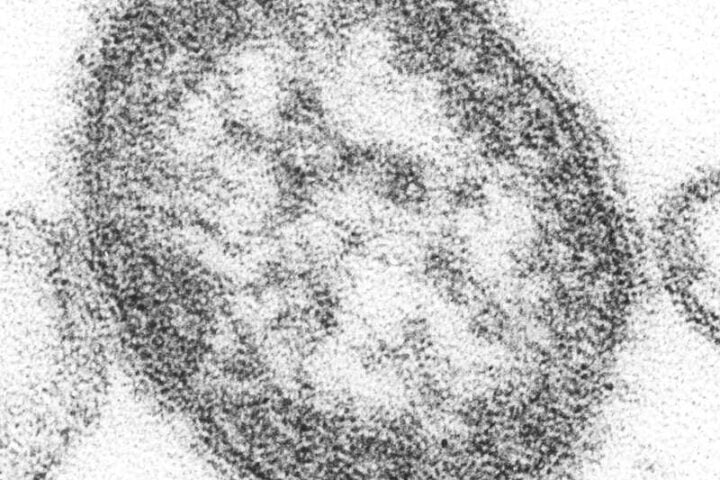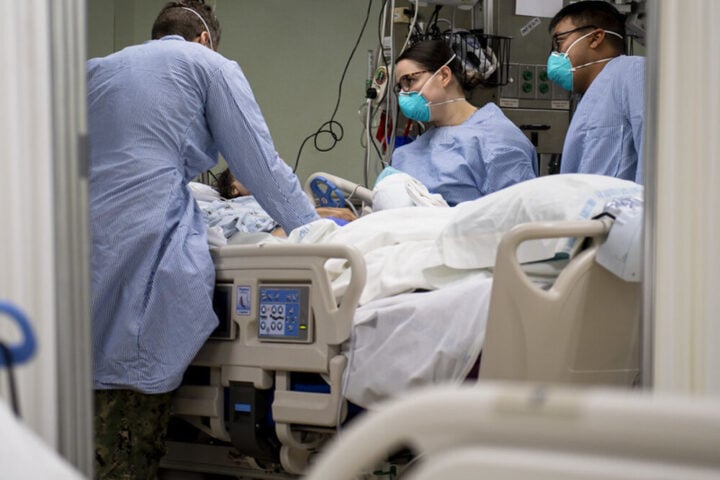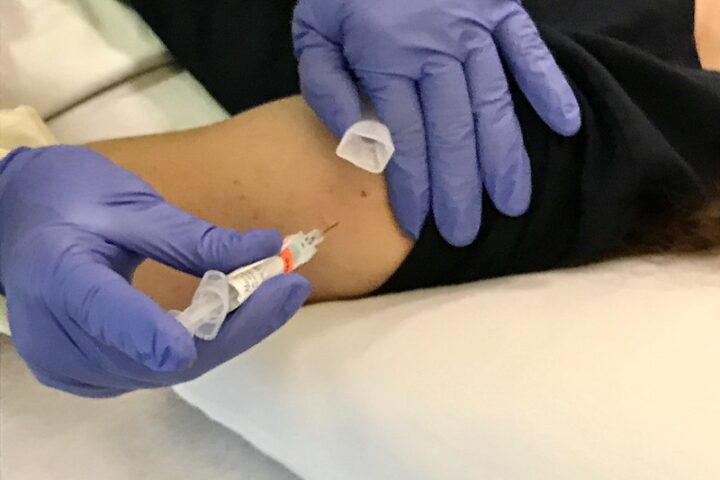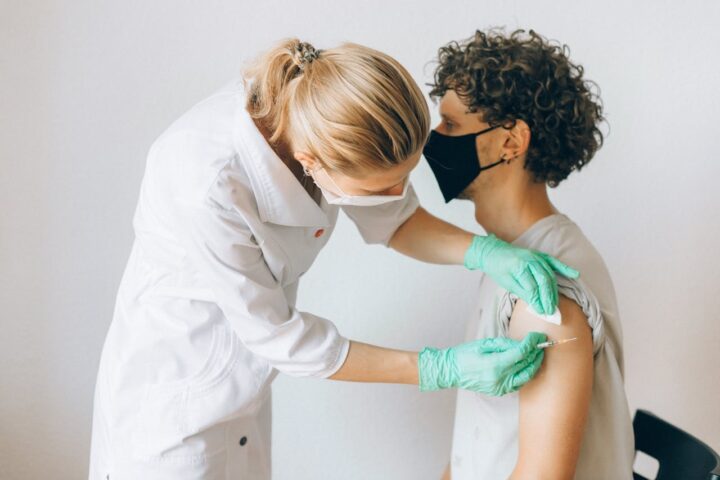The first U.S. death from bird flu has put a spotlight on H5N1, a virus that’s becoming more concerning for public health experts. The patient in Louisiana, who was over 65 with existing health conditions, got sick after contact with backyard birds. This case tells us something important: the virus is changing in ways that could affect our communities.
Since 2003, about 900 people worldwide have caught bird flu, with roughly half of those cases ending in death. But don’t panic – these numbers likely miss many mild cases that weren’t reported. Even so, the virus demands our attention. For comparison, the early COVID-19 strain had a death rate of about 2.6%.
“This is probably the nastiest form of the virus that we’ve seen,” warns Dr. Richard Webby from St. Jude’s Children’s Research Hospital. He’s spent 25 years studying these viruses, and his concern stems from recent changes in how H5N1 behaves.
What’s New and Why It Matters
Scientists have spotted something worrying: the virus is changing inside infected people. In both the Louisiana case and a Canadian teenager who survived, the virus developed mutations that help it spread more easily in human airways. These mutations could enhance the virus’s ability to infect human cells.
Jennifer Nuzzo from Brown University’s Pandemic Center explains why this matters: “It indicates that the virus can change in a person and possibly cause more severe symptoms than the initial infection.” In simple terms, the virus is adapting to humans.
The U.S. has seen 66 human cases in 2024 alone. While most people got mild illness from contact with dairy cows, the Louisiana case involved a different strain that usually lives in wild birds. This shows the virus can reach us through multiple routes.
Similar Posts
Protecting Your Family
For most people, the risk remains low. But knowing how to stay safe is crucial:
Daily Safety Steps:
- Cook eggs and chicken thoroughly – no runny yolks or pink meat
- Keep kids and pets away from sick or dead birds
- Avoid unpasteurized raw milk or cheeses from animals that have a suspected or confirmed infection
- Wash hands after handling eggs or raw poultry
If you work with animals or have been exposed to sick or dead animals, watch for breathing problems and red eyes for 10 days after exposure.
These symptoms within 10 days of animal contact need immediate medical attention. Tell your doctor about any contact with birds or farm animals.
Looking Ahead
While CDC officials say there’s no sign of easy spread between people, they’re watching closely. Dr. Seema Lakdawala from Emory University points out: “The evolution of the virus is concerning but highlights how we need to prevent each possible spillover infection.”
If you spot sick or dead birds, report them to the USDA (1-866-536-7593). It’s a small step that helps track and contain the virus’s spread. For Louisiana residents, the state’s Diagnostic Lab (318-927-3441) also takes reports.
Remember: staying informed helps protect our communities. Understanding these changes helps us protect ourselves while experts track and study the virus. Keep informed, follow basic safety steps, and know when to seek medical help.
